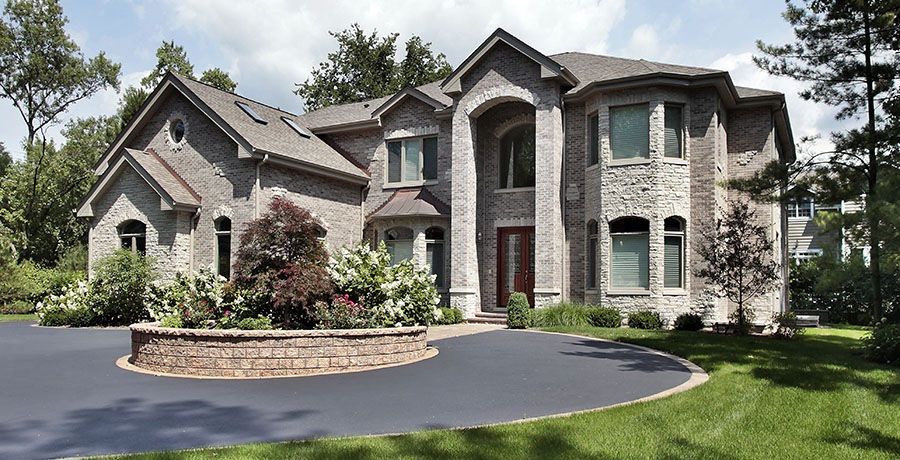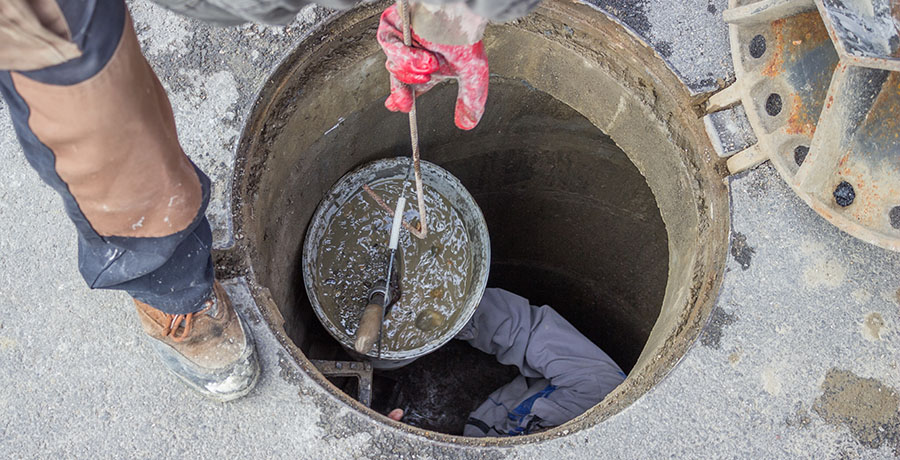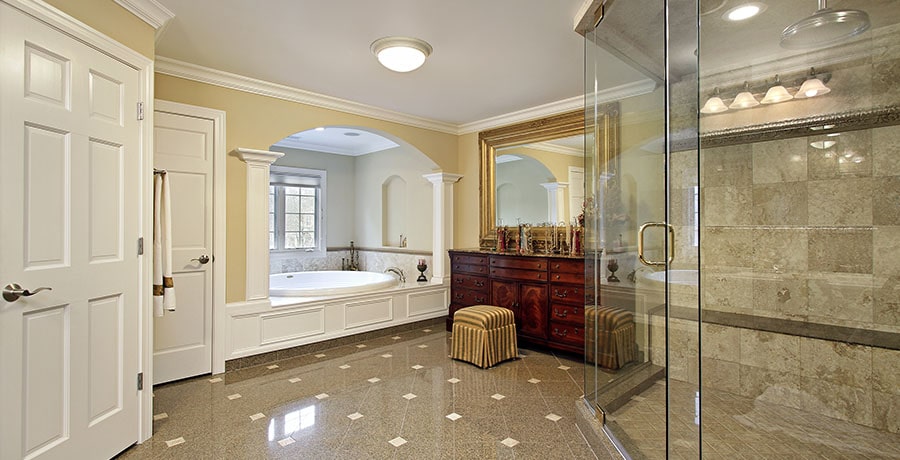
Solar shingles are an upgrade to traditional solar solutions. While regular solar systems use plates mounted on brackets, solar shingles are embedded in the roof as shingles to generate energy. Although they have attracted much hype since their introduction, not everything is all rainbows. You should consult roofing companies and discuss details before spending money on them. So, let’s take a closer look at how solar shingles work and whether it is a good investment.
What Is The Purpose Of Solar Shingles?
Solar shingles were introduced back in 2005 with the purpose of merging solar panels with the roof instead of mounting them on frames/brackets. Such design aimed to achieve energy generation and to cater to the roofing materials. However, with time, it was found that solar shingles were not so effective.
Some solar shingles tend to use silicon as a semiconductor just like the conventional solar panels. Meanwhile, others include thin-film solar cells that contain super-thin layers of photovoltaic materials. It is the thinness of these solar cells that makes them more flexible and lighter.
Today, as mentioned earlier solar shingles are made to resemble asphalt shingles. From a distance, you might not be able to spot or identify them but if you come closer, you will see the shingles as one single roof.
How Do Solar Shingles Work?
Solar shingles use the same principle as conventional solar panels to generate electricity. These panels contain solar cells that rely on sunlight. Upon sunlight coming in contact with a semiconducting material, the solar shingles convert solar energy into electricity by releasing and harnessing the flow of electrons.
While both solar panels and shingles tend to generate electricity using the same fundamental photovoltaic effect, the installation processes and methods are different. The main difference is that solar shingles are installed either when a new roof is being built or replaced.
However, if the homeowner intends to remove the existing shingles for solar shingles, they will have to replace the entire roof which is going to be extremely expensive.
What Is The Cost Of Solar Shingles?
The total cost of installing solar shingles when compared to conventional solar panels is a lot more. The reason is that solar shingles are installed as a roof, while conventional solar panels are placed on the roof. You do not have to replace the existing shingles with solar shingles.
To keep up with the competition, several prominent manufacturers have stepped into the market offering solar shingles loaded with features. However, considering their prices, homeowners are still skeptical about their efficiency and effectiveness.
So, for an average household, installing roof shingles could cost between $35,000-$100,000. Moreover, you would need roofers Cuyahoga Falls who can install solar shingles because they are unique when compared to traditional shingles like asphalt. According to an estimate, you can replace your roof with asphalt shingles probably six times at same cost.
How Are Solar Shingles And Solar Panels Different?
Now that we have discussed how solar shingles work and their costs, it is time to get a closer look at the difference between solar shingles and panels.
Size
The first difference between solar shingles and solar panels is the size. At 12 x 86 inches, an average solar shingle has a smaller area than a regular panel. Whereas, a regular panel can be 68 x 45 inches. Additionally, photovoltaic shingles are also comparatively a lot lighter and thinner, which means adding less weight to the roof.
However, considering the size, you will need more shingles to generate the amount of electricity desired. This has to do with the efficiency of the shingles as well. At the end of the day, you will also need more space for a complete installation.
Cost
Cost is the biggest factor that determines the popularity of the two. Since both solar shingles and panels are sold as products to customers, they have every right to compare and choose the one that offers the best value. As we speak, regular solar panels cost less than shingles.
On average, the installation of regular solar panels costs between $3,500 to $35,000. You can also reduce the installation costs to zero if you opt for portable solar panels. But they are not the best choice for permanent installations.
In contrast, a typical solar shingle roof installation can cost you around $63,000-$75,000. Furthermore, these costs can also increase depending on the roof dimensions, size, and other factors. Essentially, solar shingle roof installations will only work if a new roof is being built. Otherwise, modifying the entire roof for solar shingles will add to the costs.
Materials
Regular solar panels contain monocrystalline silicon cells that are the most efficient and effective in the market at the moment. While monocrystalline panels consist of a single silicon crystal, polycrystalline panels contain multiple crystals molded together.
On the other hand, PV shingles can be either silicon or copper indium gallium selenide. When compared, silicone tends to be more durable and lighter. The thin structure allows them to be made a part of the roof instead of mounting them on the top.
Output
Regular solar panels yield around 400W of electricity per panel in an hour under ideal conditions. However, some factors can impact the results such as the angle, temperature, clouds, etc. Meanwhile, shingles are smaller and less efficient as a result.
On average, PV shingles yield around 13-70W of electricity. So, you will need much more solar shingles just to power up your house. If not anything else, you will be spending a lot more money than you have saved.
Efficiency And Rated Power
When it comes to efficiency, solar panels are a lot more efficient than PV shingles. At their peak, solar panels can hit as high as 23-24%, while shingles reach a maximum of 14-18% efficiency. Efficiency in solar power means the amount of electricity produced or the sunlight directly converted into energy.
Moreover, rated power measures the maximum amount of electricity generated by a roof shingle or panel in an hour under ideal conditions. These two terms are the most important when buying a solar system for your house.
Although ideal conditions rarely exist, the numbers are important to help pick a better option. Keep in mind that if your solar panel has a 400W rated power and 23% efficiency, it does not mean it will be at its peak performance every day.
Both factors are heavily dependent on the angle of the sun and the unit’s position. However, you can adjust the position and angles of the solar panels as they are lightweight according to the sun to achieve the most out of the daytime.
Whereas, in the case of roof shingles, they have to work with the existing roof angle and orientation. This could be a problem or not even an option in the worst-case scenario if the sunlight does not hit the roof most of the day.
Conclusion
Concluding, solar shingles are surely an option for those looking for the latest solar inventions. However, when compared to conventional solar systems, they are more expensive and their efficiency is debatable. Therefore, only time and technological advancements will decide if solar shingles become as efficient and effective as their competitors. If you’re skeptical about solar shingles, contact a roofing contractor Twinsburg to know whether they are a good option for you.



